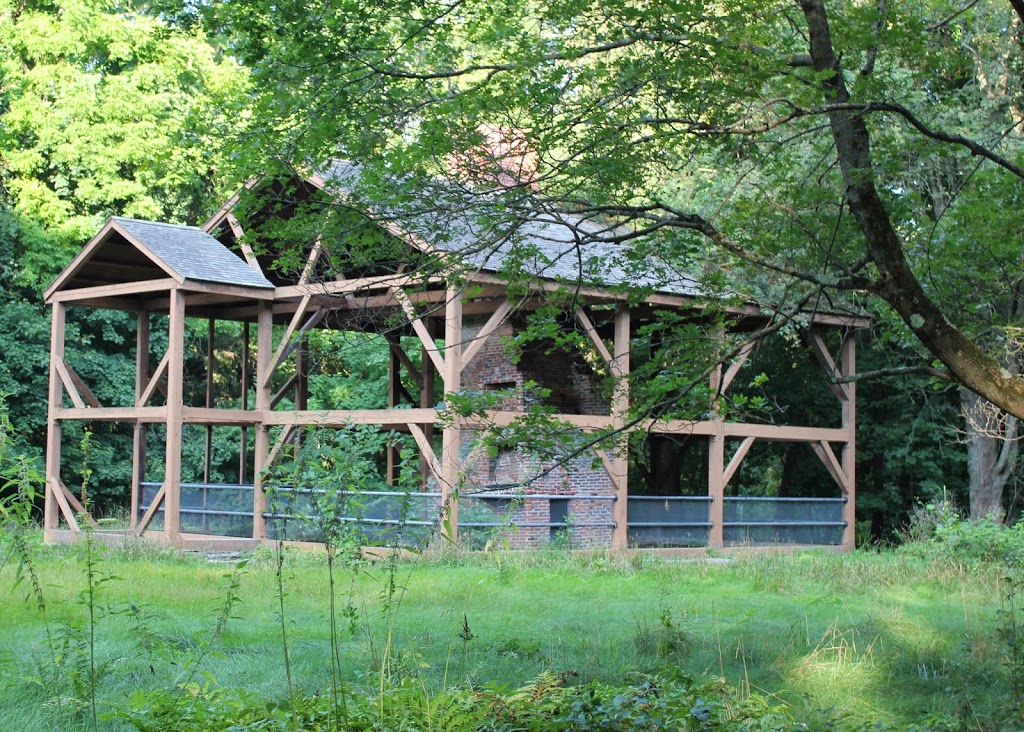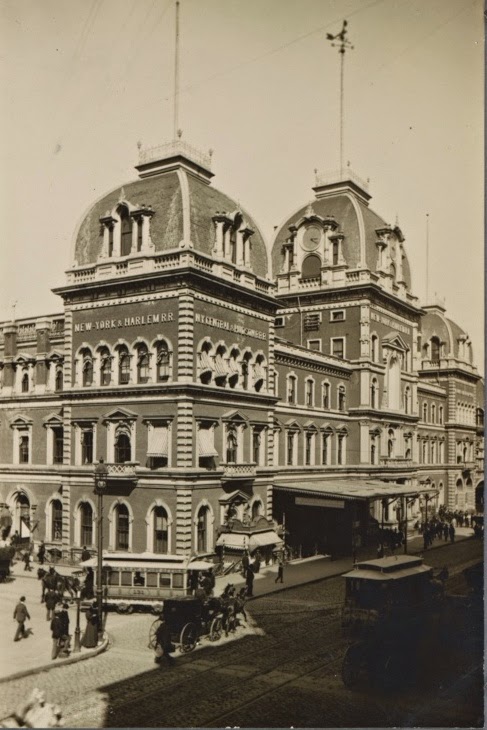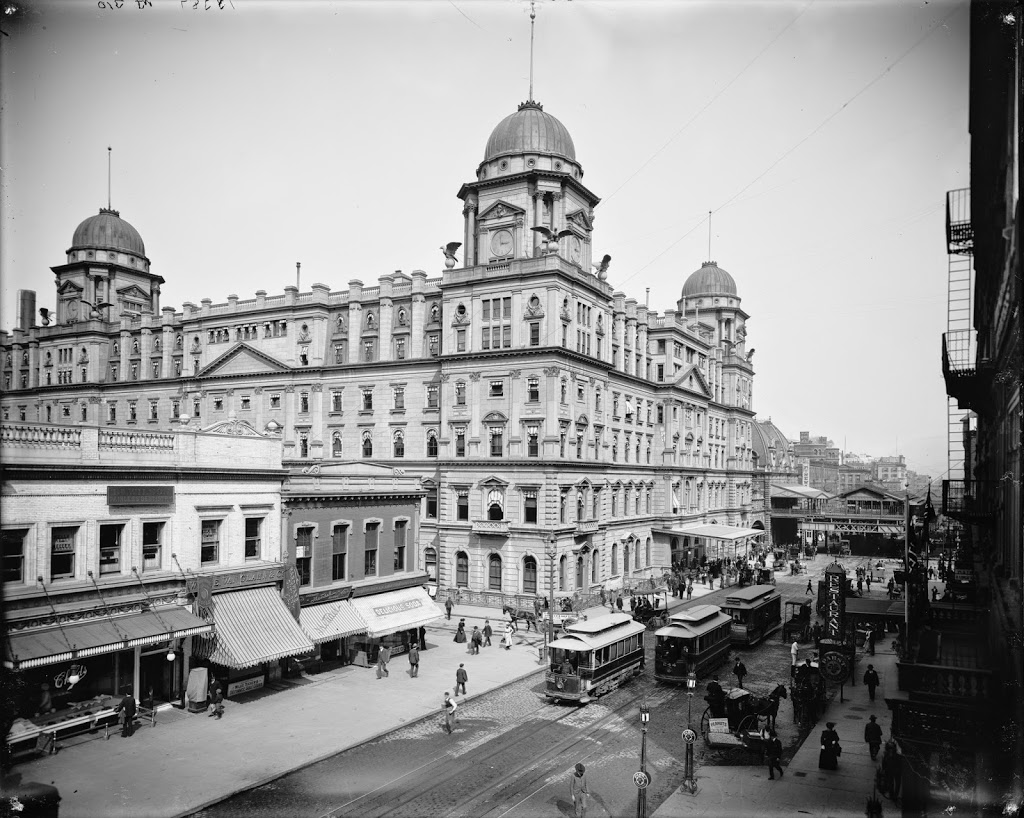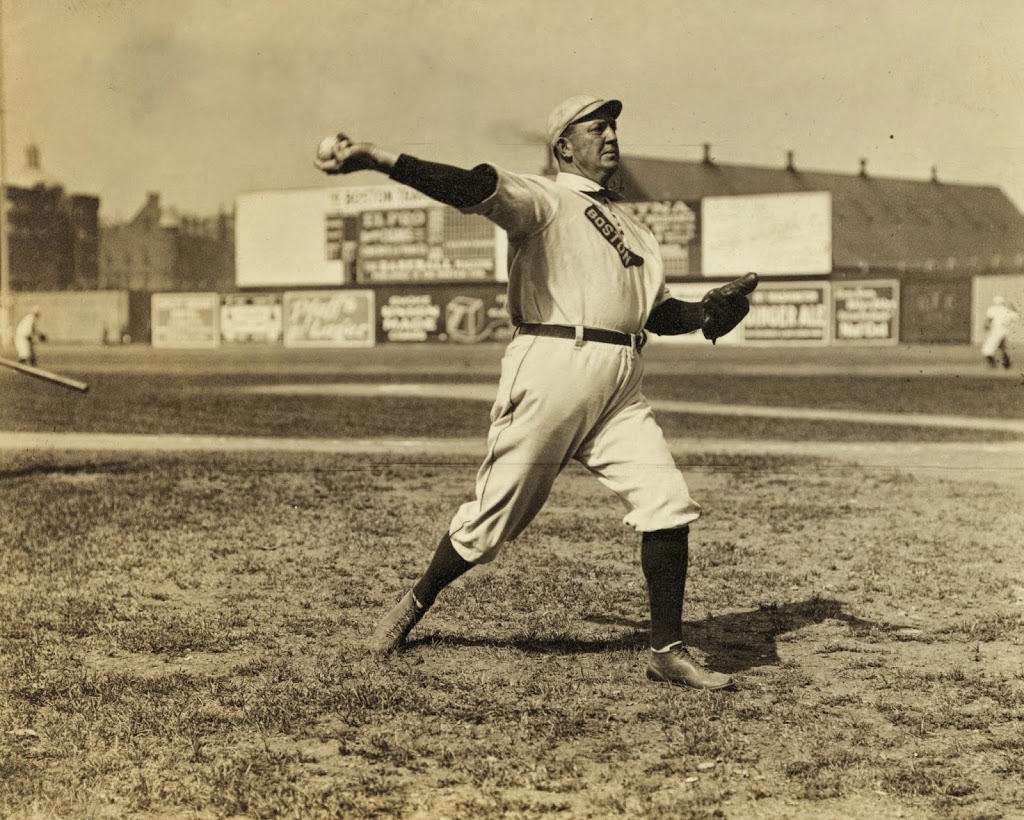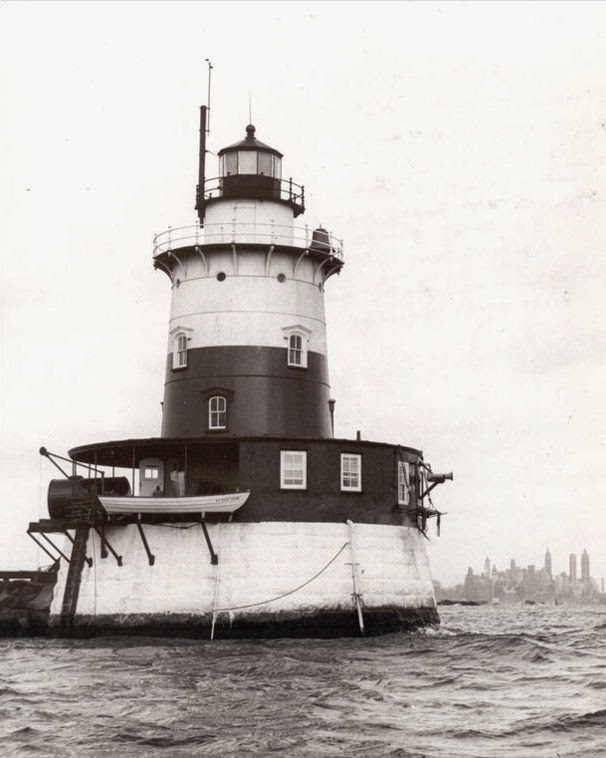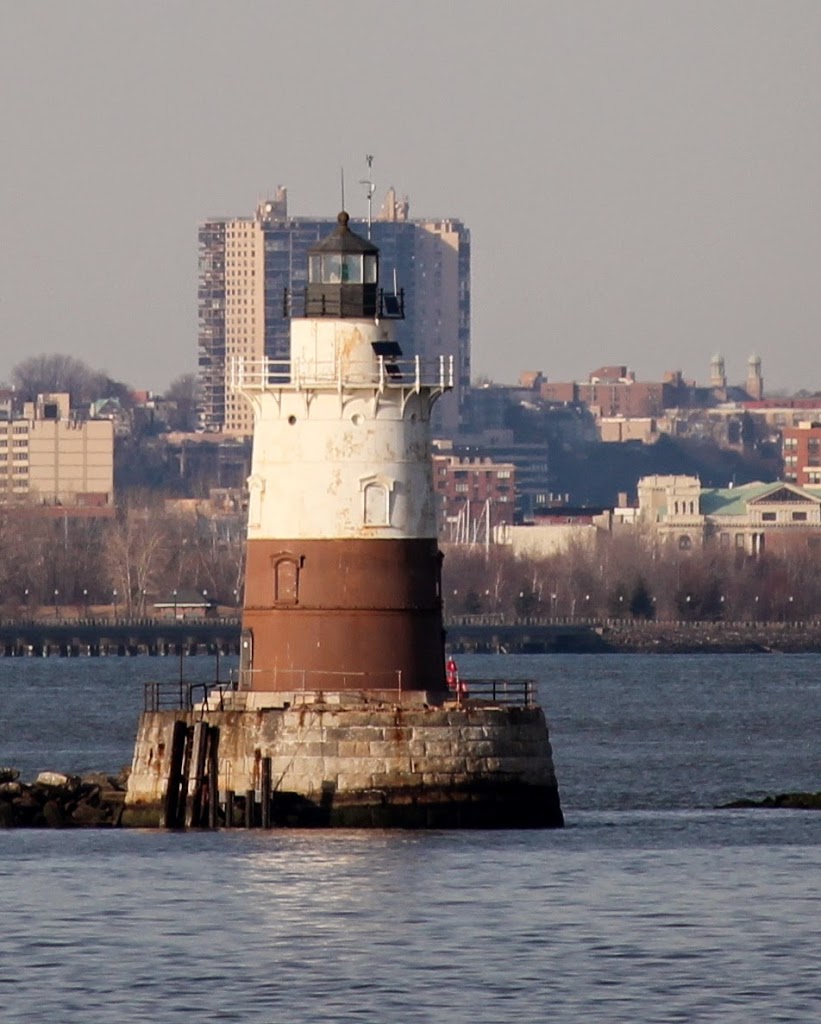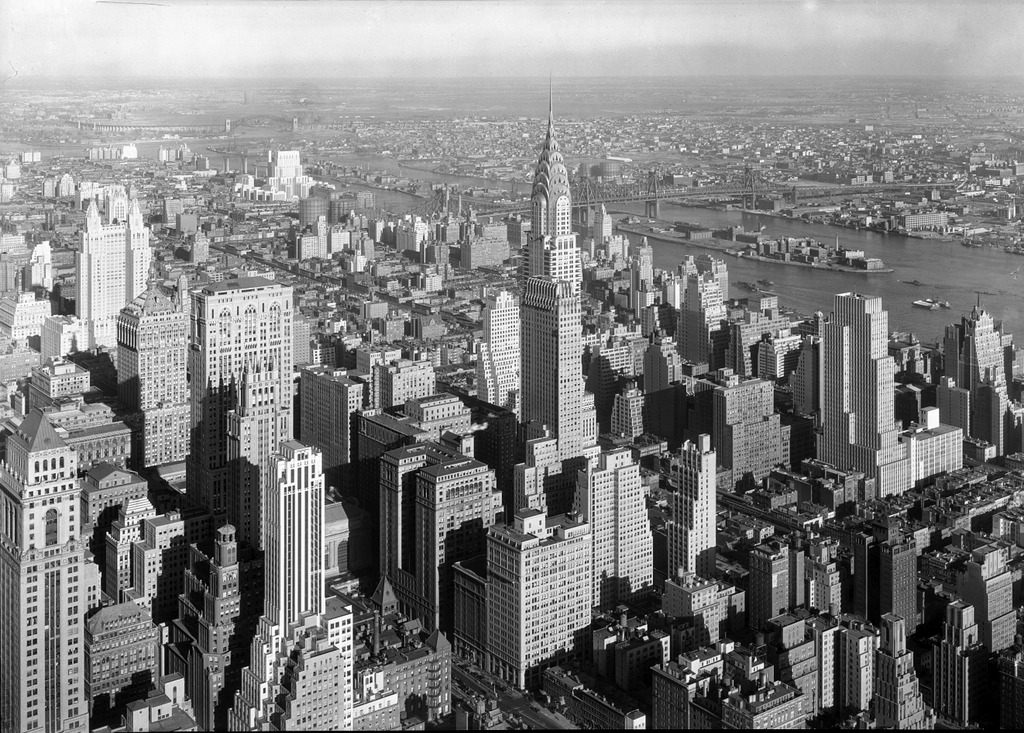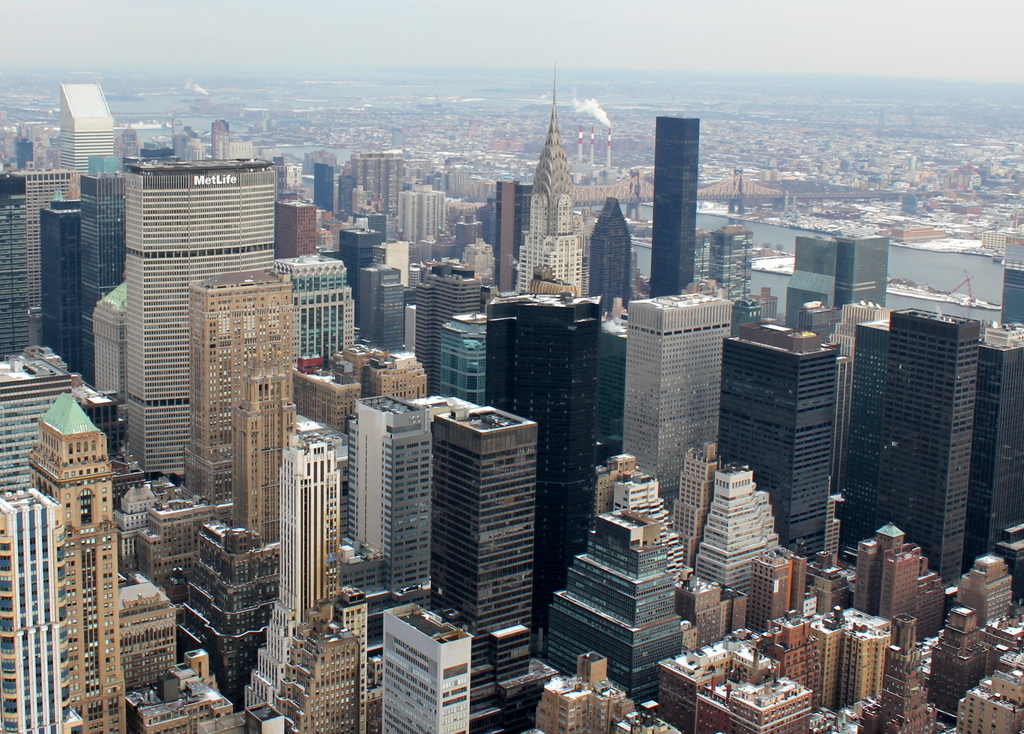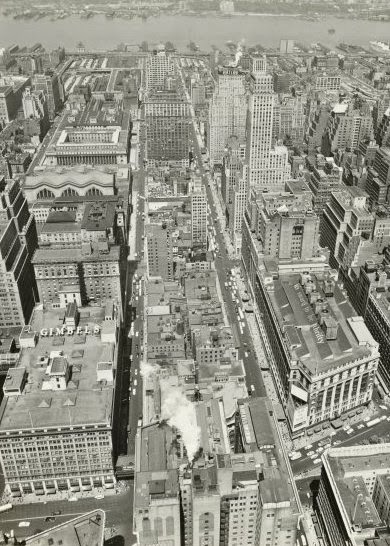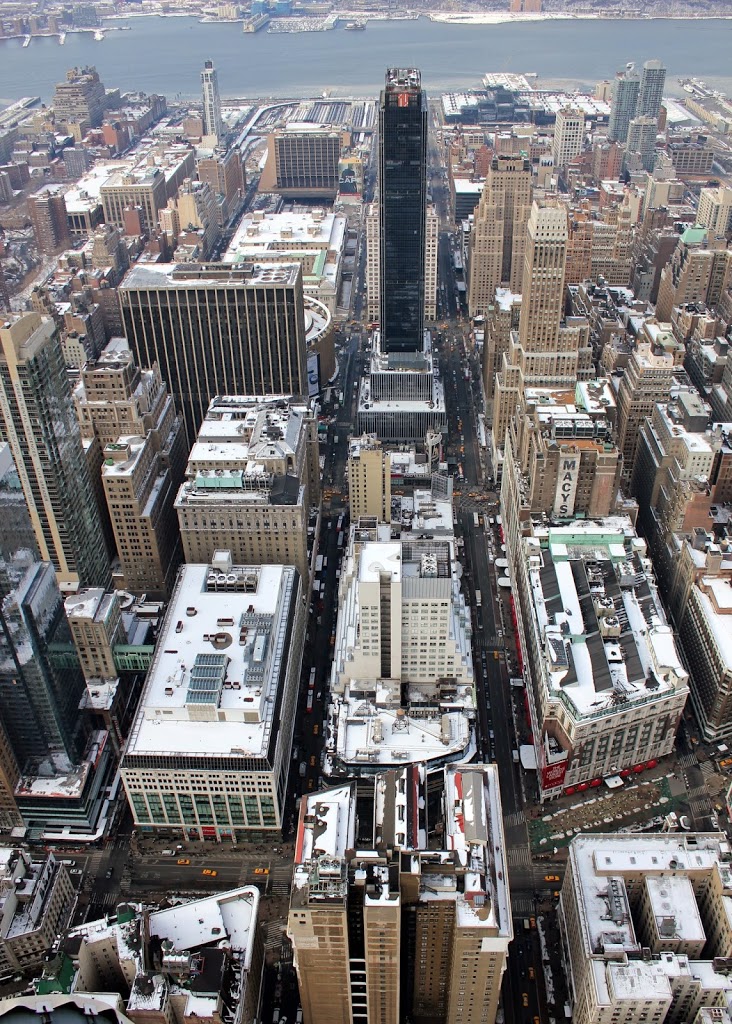The Samuel Hartwell House, in Lincoln, Mass, in 1961. Image courtesy of the Library of Congress, Historic American Buildings Survey Collection.
The scene in 2013:
Located along the Battle Road in the Minuteman National Historical Park, the Samuel Hartwell House was built around 1695, and was occupied by Samuel Hartwell during the battles of Lexington and Concord, when the British forces marched to and from Concord past the house. The house was used as a restaurant from 1929 until 1968, when it burned. All that remained was the central chimney and the cellarhole; the National Park Service later built the frame and roof in the style of the original building.


